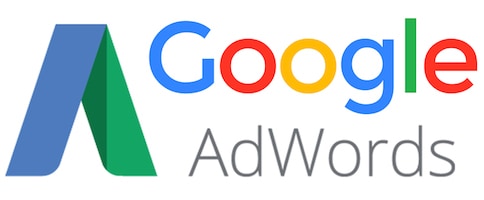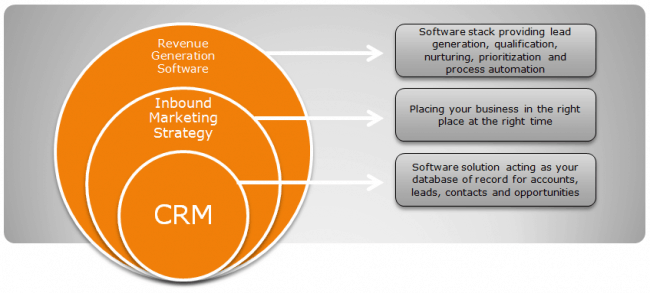Lead Liaison Launches Google AdWords Connector
ALLEN, TX
Google AdWords conversion tracking can give users insight into the effectiveness of ad clicks. This is important to see which keywords, ads, or campaigns are best at driving customer activity. But that’s the extent of what Google can provide. What marketers really need is a powerhouse that communicates between AdWords and their CRM, tying the two together to create a comprehensive representation of where money is being well-spent, what their prospects are interested in, and the ability to create actions around their prospect’s AdWords behavior.
Lead Liaison now connects with Google AdWords to help measure, prove and improve marketing ROI through paid search. The Connector pulls in sales and opportunity data from the user’s CRM and ties that in with AdWords data to present a full ROI analysis on AdWords Campaigns and Keywords. Users can now track ad impact from Click to Close!
How It Works
In just a few simple steps, Google AdWords can be connected to Lead Liaison’s Revenue Generation Software®. Campaigns, groups and ads will be imported within minutes. Prospects that first come to a business’s website through an AdWords ad will be automatically tagged within a Google AdWords-specific Lead Liaison Campaign.
Why It’s Valuable
The AdWords integration provides valuable tracking insight to help sales and marketers better understand how a lead originated, what ads they click through, and when deals close – measuring ROI using ad spend automatically imported and updated from Google Analytics. Lead Liaison’s Paid Search reports provide analytics on paid search keywords as well as statistics on Google AdWords campaigns. These statistics can then be tied back to CRM opportunity value and revenue to measure ROI. Lead Liaison also provides a “Last Paid Ad Click” automation filter for AdWords activity, giving users the ability to analyze or re-target prospects around their AdWords activity.
“Lead Liaison’s integration with Google’s marketing services is really helpful. Their recent Google AdWords solution helps us better attribute AdWords campaigns to website activity, and complements their integration with Google Analytics. Nice to see these natively integrated connectors with Google!” – Mike McGrail, Director of Marketing at Administrate
This Connector is the newest in a growing list of enhancements that Lead Liaison pushes out on a regular basis. The accomplished marketing automation company is known for their responsiveness to ever-expanding industry standards. “It’s very important to us to stay ahead of the game,” says Director of Marketing and Client Relations, Jen Worsham. “When we see an opportunity for improvement, we immediately respond. The ability to listen and quickly adapt is what many clients love most about our company, and we’re really proud of that.”
About Lead Liaison
Lead Liaison provides cloud-based sales and marketing automation solutions that helps businesses accelerate revenue by attracting, converting, closing and retaining more prospects. Filling a void in the small pool of marketing automation providers that focus on marketing-centric functionality, Lead Liaison gives equal focus to sales providing sophisticated visitor tracking and additional website engagement tools to boost sales effectiveness. Lead Liaison blends ease-of-use, a flexible business model, deep external integration, marketing across social, web, mobile, email and offline channels and powerful functionality, all specifically tailored for mid-sized businesses, into a single platform, called Revenue Generation Software®. Lead Liaison is headquartered in Allen, Texas, near Dallas. For more information, visit http://www.leadliaison.com or call 1-800-89-LEADS (895-3237).








